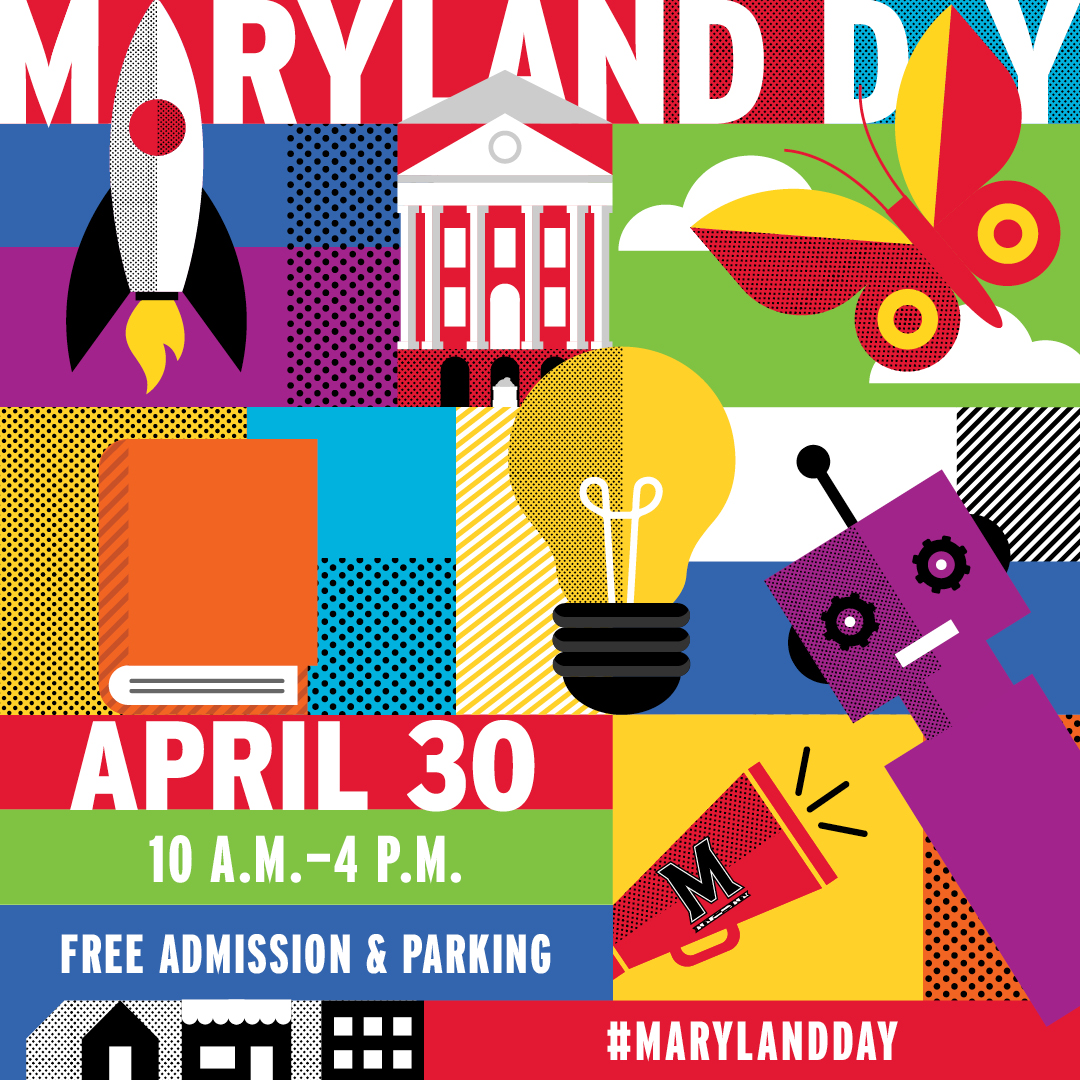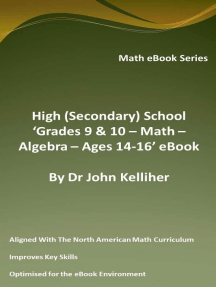
LinkedIn Learning Community offers many free courses, both for beginners and experts. There is a trial version of the site that you can use before you sign-up. There are also options for monthly and yearly billing. Courses are split into three categories: beginner, intermediate, and expert. Here are just a few of these courses.
Monthly or annual billing
If you're interested in taking online courses through LinkedIn Learning, you'll want to decide if you'd prefer a monthly or annual billing system. If you choose a monthly bill system, you will be charged only for completed courses. A one-time payment is also available if you don't want an annual billing.

Courses for beginners, intermediate learners, and experts
LinkedIn learning courses were created for individuals who are looking to enhance their skills in a specific field. The courses are mostly video-based. Learners can ask questions to the presenters. Comments are common and presenters frequently respond to questions at the conclusion of videos.
The three main categories of courses are:
LinkedIn learning courses fall into three broad categories, namely business, technology, creative. There are also several subcategories within each category. The courses in business include topics like online marketing, professional growth, soft skills, leadership, and other related subjects. The website also offers courses for technology and creative industry, including web design, photography, or music.
Courses are available in video format
LinkedIn video learning courses are available to help you improve your LinkedIn skills. These videos can be arranged to suit your learning path. They can be used in combination with other courses or individually to focus on specific skill sets. There are also learning paths designed to help you transition from one job role to another.

LinkedIn Learning offers a Q&A for learners
LinkedIn Learning is an online education platform that offers a variety courses. Individual courses can be purchased starting at $20 and ending at $40. Courses are available in many software categories and subject areas. Learners can access the course anytime they like after purchase. All you need is a LinkedIn profile. The Q&A section allows students to ask questions regarding the course.
FAQ
What is vocational school?
Vocational schools are institutions offering programs designed for people who want to enter a specific occupation. They might also provide training in job-related skills and general education.
Vocational education plays an important role in our society, as it helps young adults develop the skills needed to succeed in everyday life. It ensures that all students have access to high-quality learning opportunities.
The vocational school offers a wide range of options to its students. These include certificates, diplomas and degrees, as well as apprenticeships and certificates. Vocational schools provide both academic and practice-oriented subjects such as math and science, English and social studies.
How much does homeschooling cost?
There are no set fees for homeschooling. Some families charge between $0-$20 per lesson. Other families offer free services.
However, homeschooling requires dedication and commitment. Parents should be able to dedicate enough time to their children.
They must also have access to books, supplies, and other learning tools. Many homeschoolers have to make use of community programs and events in order to enhance their curriculum.
Parents should consider the cost of transportation, tutors, extracurricular activities, and other expenses.
Homeschoolers must also plan ahead to take part in field trips, vacations, or special occasions.
How long does it take for an early childhood teacher to become certified?
It takes four years to complete a bachelor's degree in early childhood education. Two years are required to take general education courses offered by most universities.
After you have completed your undergraduate education, you can usually apply to graduate school. This step allows students to focus on a particular area.
One example is to choose to specialize in child psychology or learning difficulties. After completing your master's you will need to apply to a teacher training program.
The process could take several years. This period will be filled with learning opportunities and collaborations with educators.
You will also need to pass state exams in order to become a teacher.
This process takes several years, which means you won't be able to immediately jump right into the workforce.
To become an early-childhood educator, do you need to go to college?
Yes, but you may consider attending college to help prepare for a career.
It is essential to understand that becoming a teacher takes hard work. Each year there are many applicants that are not accepted into programs. Many students also quit college after only one semester.
You must still meet stringent qualifications to be a teacher.
How long should I spend studying each semester
The time you spend studying will depend on several factors.
Some schools may also require that you take certain classes every year. This means you won't necessarily have the flexibility to take fewer courses in a given semester. You can ask your advisor to tell you which courses you need to take each semester.
What is the average salary of a teacher in early childhood education? (earning potential)
A teacher in early childhood earns an average salary of $45,000 per annum.
However, there is an exception to the rule: salaries in some areas tend to be more than average. Teachers in large urban schools receive higher salaries than teachers in rural schools.
Salaries also depend on factors such as the district's size and whether or not a teacher has a master's or doctorate.
Teachers start off making less money than other college graduates simply because they don’t have much experience. Teachers can see a dramatic increase in their income over time.
Statistics
- Among STEM majors, that number is 83.5 percent. (bostonreview.net)
- Globally, in 2008, around 89% of children aged six to twelve were enrolled in primary education, and this proportion was rising. (en.wikipedia.org)
- In most developed countries, a high proportion of the population (up to 50%) now enters higher education at some time in their lives. (en.wikipedia.org)
- Think of the rhetorical power of nineteenth-century abolitionist Harriet Beecher Stowe, Martin Luther King, Jr., or Occupy Wall Street activists with their rallying cry of “we are the 99 percent.” (bostonreview.net)
- “Children of homeowners are 116% more likely to graduate from college than children of renters of the same age, race, and income. (habitatbroward.org)
External Links
How To
How do I apply to scholarships?
You must first determine if you are eligible to receive scholarship funding. You must meet certain criteria to be eligible for scholarships.
If you are economically poor, you might be eligible to receive a grant. If you are studying a vocational training program, you can qualify for a grant to help pay your bills. If you are a member or a minority group, you may be eligible for a grant.
After determining whether you qualify for a particular type of scholarship, you can start applying.
The application process can be done online, over the phone or in person. The process of applying varies according to the scholarship.
Some scholarships require you to submit essays about yourself and why you want the money. Others will ask questions such "Why did you choose this degree?"
Most scholarships require applicants to complete an application form and to send supporting documents.
Your scholarship provider will evaluate the information you supply. You will be notified by email or postal mail if you are selected.
Even if your application is not accepted, you may still be eligible to receive a scholarship. Contact your scholarship provider for details.